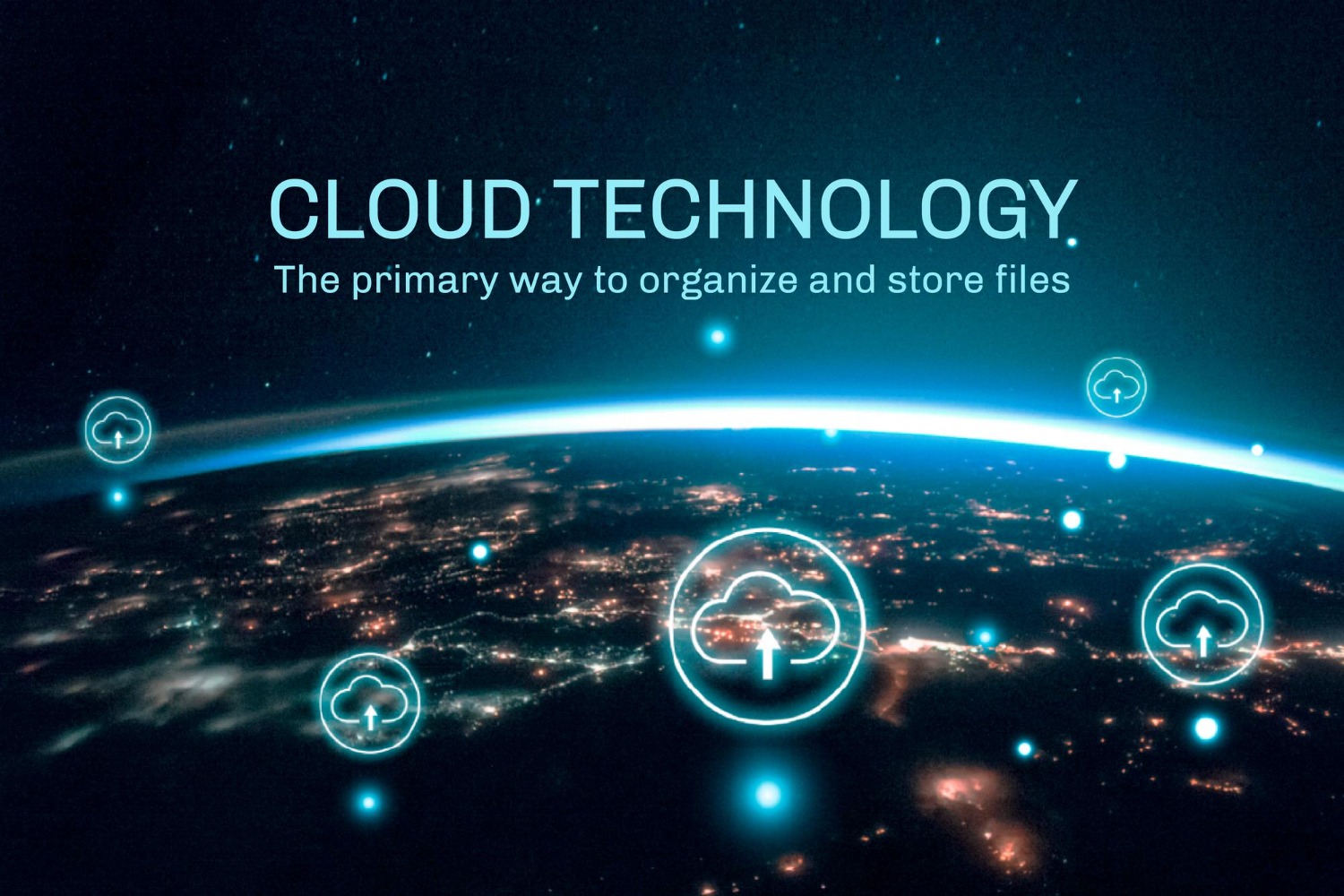Cloud & DevOps: How IT Leaders Can Accelerate Innovation
Innovation has become not a luxury but a necessity. If businesses don’t innovate, they are likely to get – in business parlance – “disrupted” by more rapid and flexible competitors.
For IT leaders, the challenge is obvious: It’s how to accelerate (protected, secure, efficient) innovation.
Well, the key answer is Cloud and DevOps.
So Cloud computing with its on-demand scalability, flexibility and cost-efficiency and DevOps with its culture of collaboration, automation and continuous improvement go hand in hand. Combined, they enable organizations to release software more quickly, become more reliable, and accelerate business growth.
IT Leaders need to harness the potential of Cloud and DevOps to innovate faster.
Some good practices and challenges and provide some walk-throughs for IT leaders to make the most of Cloud and DevOps to achieve long-term success.
Emerging Role of Cloud & DevOps in Modern IT
What is Cloud Computing?
Cloud computing enables organizations to store, manage, and process data remotely instead of on-premise infrastructure. It provides:
✅ Scalability — Scale up and down automatically based on demand.
✅ No-Nonsense — Only What You Use
✅ Flexibility – Easily deploy applications on different environments.
✅ Security – Take advantage of cloud providers’ native security tools.
What is DevOps?
DevOps refers to a collaborative approach to software development and deployment that combines development (Dev) and operations (Ops) teams to deliver faster and more reliably.
Some core principles of DevOps are:
✔ CI/CD (Continuous Integration & Continuous Deployment) – automating code integrations and deployments
✔ Infrastructure as Code (IaC) – Provisioning infrastructure with code.
✔ Monitoring & Observability – Tracking system health and performance.
✔ Collaboration & Culture — Bridging the silos of multiple teams.
But with the combination of Cloud and DevOps, software development is more seamless, with faster time to market and flexibility in business.
Cloud & DevOps for IT Leaders Key Benefits
1. Faster Software Delivery
CI/CD pipelines allow teams to quickly test and deploy code, helping to minimize the time it takes to get new features into the market. It helps the businesses get ahead of the competition and react to the business needs instantly.
Example: Many businesses, such as Netflix, release hundreds of updates every day VIA CI/CD to drive continuous innovation.
2. Enhanced Scalability & Flexibility
Unlike cloud computing services (AWS, Azure, Google Cloud), which offer scalability in real-time. DevOps ensures smooth infrastructure scaling based on the workload.
For example, during peak shopping seasons, e-commerce applications can auto-scale, leading to customer experience optimization.
3. Cost Optimization
And with Cloud, you rid yourself of costly on-premise hardware and with DevOps automation, you reduce the cost of manual labour.
For example, Spotify moved to Google Cloud and reduced its infrastructure costs by 25%, as well as improved its performance.
4. Enhanced Security and Compliance
DevSecOps is an extension of DevOps that infuses security into the development pipeline to ensure compliance with GDPR, HIPAA, and other regulatory compliance.
For example, Cloud and DevOps are deployed by financial services firms to secure sensitive customer data with around-the-clock monitoring.
5. More Collaboration & Efficiency
Cloud and DevOps cultivate a culture of shared responsibility and continuous improvement by tearing down the silos that separate development, operations, and security teams.
For example, complete Google’s Reliability Engineering (SRE) model to enable high availability and minimal downtime.
IT Leaders — What Are the Challenges You Face & How to Mitigate Them
1. Resistance to Change
When organizations take the plunge to adopt Cloud and DevOps, cultural inertia can sometimes be the biggest challenge. New workflows might take a long time to get adopted by employees.
✔ Approach: Offer training on DevOps, workshops and leadership encouragement.
2. Security & Compliance concerns
A Cloud-based environment brings new security challenges including misconfigurations, data breaches, and compliance with regulatory requirements.
✔ Answer: Integrate zero-trust security and Continuous Compliance Monitoring and DevSecOps.
3. What it means for multi-cloud complexity management
Integration and management challenges: A large number of enterprises use multiple cloud providers (AWS, Azure, Google Cloud), in many contexts, they are referred to as multi-cloud leading to even more integrated and management challenges.
✔ Solution: Deploy cloud-native orchestration solutions like Kubernetes to facilitate multi-cloud management.
4. Skill Gaps in Cloud & DevOps
Most organizations still don’t have skilled people possessing Cloud and DevOps knowledge.
✔ Solution: Certifications and upskilling programs and partnerships with DevOps consultancies.
Recognizing Cloud DevOps and Best Practices to Enable Speed in Innovation
1. Adopt a Cloud-Native Approach
Cloud-native architectures utilize microservices, containers, and Kubernetes to provide scalable and resilient applications.
✔ Use serverless computing to remove infrastructure.
✔ Create containerized apps for improved portability.
2. Automate Everything
The key to speed and efficiency — automation.
✔ Enforce Infrastructure as Code (IaC) to ensure cloud deployment consistency.
✔ It automates testing and deployment using CI/CD pipelines.
3. Data security starts with the practices they employ before they even receive the data.
The need for integrated security: Implement security throughout the development life cycle so that vulnerabilities are not applied too late in the process.
✔ Perform security scans as a part of CI/CD.
✔ Enforce role-based access control (RBAC) and Zero Trust security
4. How do you emphasize Observability & Monitoring
Proactive Monitoring for High Availability and Faster Incident Handling
✔ Think outside the box and use AI tools for monitoring images with real-time analytics.
✔ Automate alerts for anomalous performance and security.
5. How to Cultivate a Personal Brand
Promote inter-team feedback among Dev, Ops, and Sec team members.
- Use collaboration tools like Slack, Jira, and GitOps.
- Encourage blameless postmortems to learn from failure.

Real-World Success Stories
🏆 Capital One — Cloud & DevOps Transformation
Capital One moved to the AWS Cloud and embraced DevOps to speed up software delivery. They also discussed CI/CD, automated testing, and security monitoring which reduced their deployments from months to minutes.
🏆 Amazon: DevOps Never Stops Innovating
They now deploy every 11.7 seconds thanks to a cloud-native DevOps model at Amazon! They have automated systems to roll back systems and recover quickly from failures.
🏆 NASA: Cloud & DevOps for Space Missions
DevOps and cloud technologies are used by NASA to analyze space mission data in real-time. This has accelerated data processing by 10x.
Conclusion
Cloud and DevOps are the leading forces behind innovation for IT leaders. With the help of automation, scalability and security best practices, enterprises need to be able to deliver high-quality software rapidly and remain competitive.
To fully realize Cloud and DevOps potential, organizations need a cloud-native mindset, a DevSecOps approach, and collaboration.
Data continues to grow exponentially, making business transformation imperative for the future — the future of the organization will be in the hands of the organizations that lead business transformation with change, automation, and innovation.
Are you ready to drive the next wave of digital transformation?




